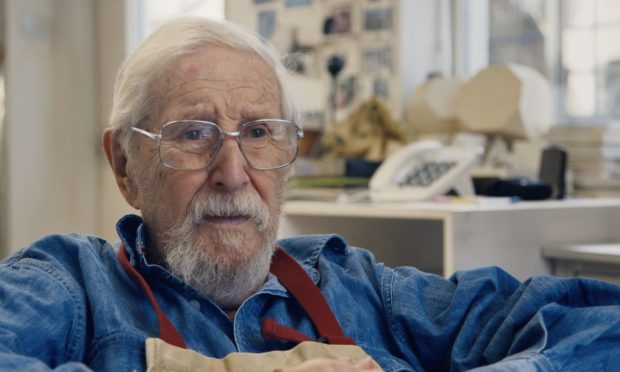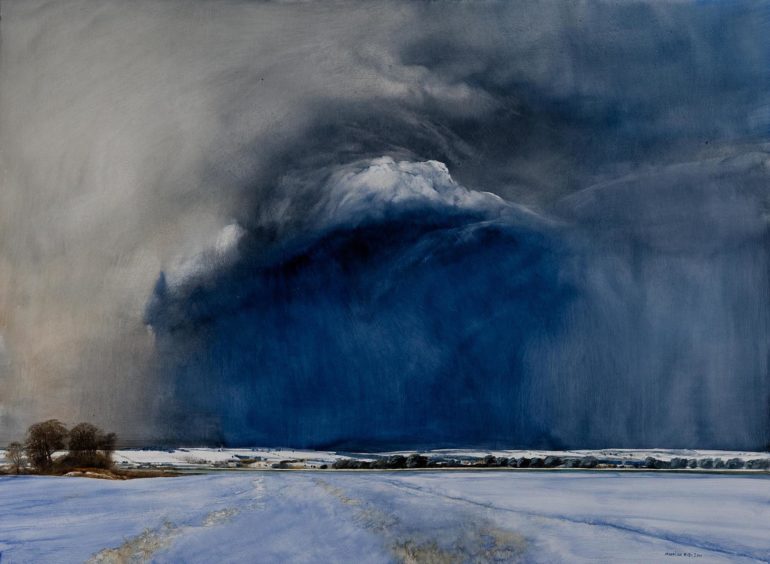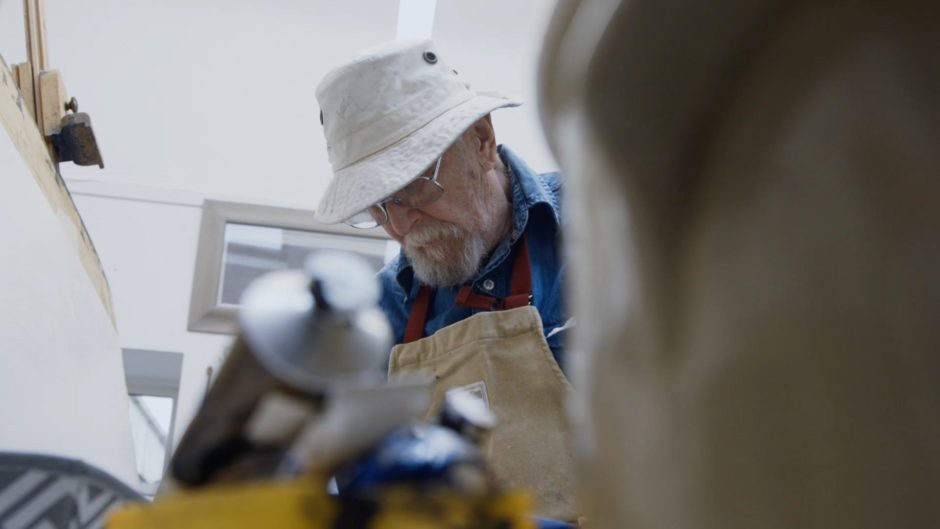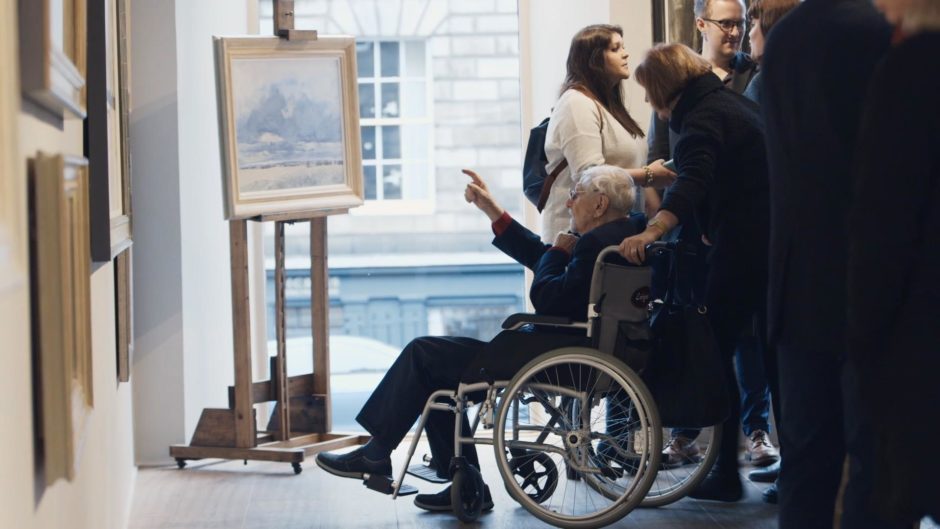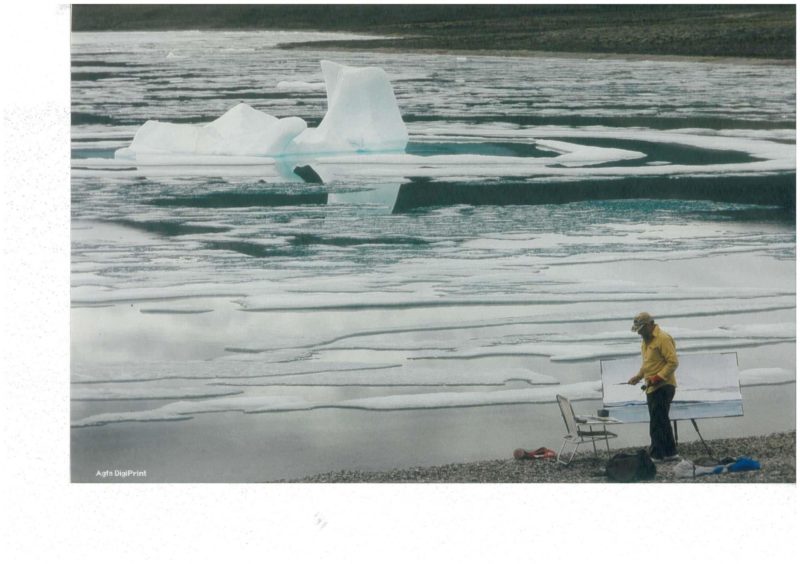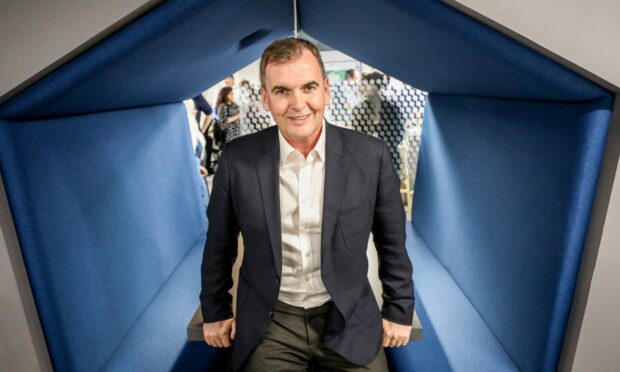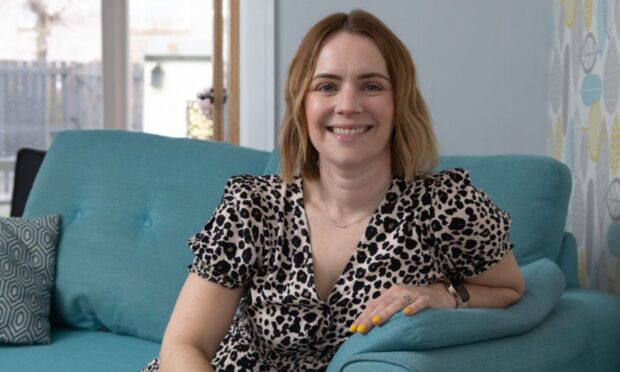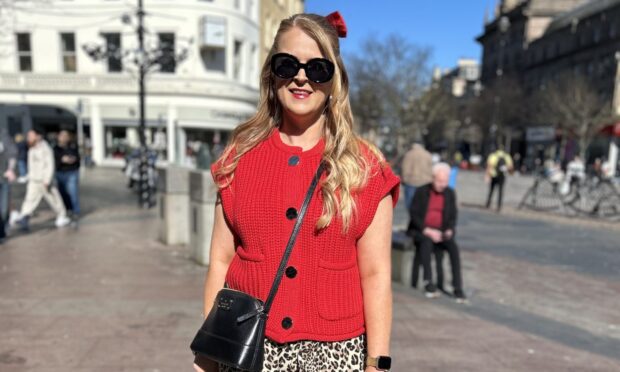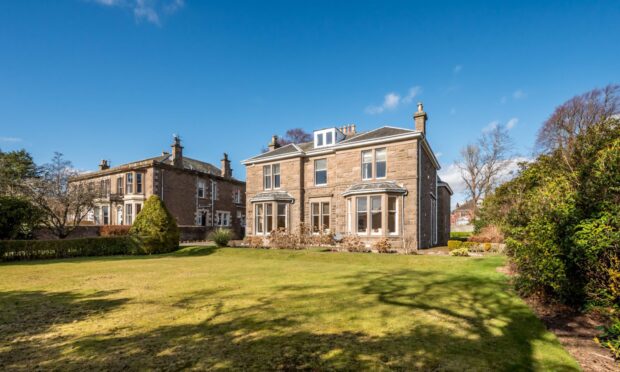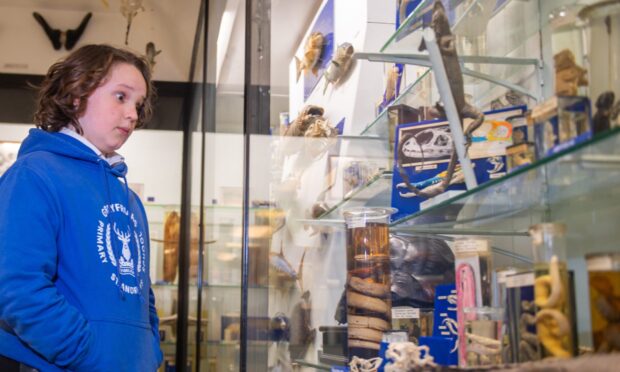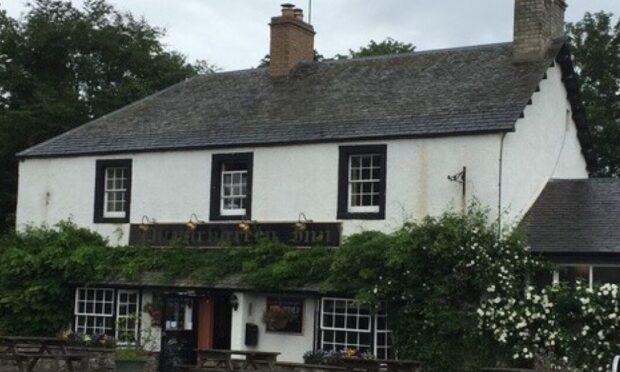In the opening moments of this tender, evocative documentary of an artist’s life well-lived, James Morrison describes to us – and we see, still perched on a sill in his studio – the first picture he remembers drawing, a little recreation of Mickey Mouse in red shorts.
“I got great fun out of that,” says Morrison now. “That just seemed to grow through into adulthood. My whole life has been mixed up with art, with painting.”
He drew the picture when he was eight years old, which would date it to around 1940.
In the present day, we see preparations for Morrison’s latest exhibition being undertaken at the Scottish Gallery in Edinburgh, as managing director Christina Jansen ushers the camera through some of his beautiful, half-unwrapped oil landscapes.
“He knows he’s going to get the best from that moment, because he loves the subject so much,” she says, demonstrating one of the steel-sky landscapes seen from Morrison’s home town of Montrose, and the detail which he’s placed in the bare, wintery branches.
Directed by documentary filmmaker Anthony Baxter, who is most well-known for taking on the former American President’s controversial development of his Aberdeenshire golfing resort in the films You’ve Been Trumped and You’ve Been Trumped Too, Eye of the Storm looks at the life and work of Morrison, who taught at Dundee’s Duncan of Jordanstone College of Art for two decades from the mid-‘60s.
Based in Montrose ever since, and well into his eighties when the film begins, Morrison’s eyesight is failing, yet he intends to create just one last work for what will end up being his last exhibition. Baxter filmed the late Morrison through the final two years of his life, and we see a man quietly determined to overcome his visual disadvantages to maintain his lifelong high standards.
We hear of his upbringing as the son of a Clyde shipyard fitter, his time at Glasgow School of Art and his celebrated early tenement landscapes of his home city; his move to the Aberdeenshire village of Catterline, at the same time as the artist Joan Eardley lived there; his European influences; and of his time in Dundee and Montrose.
Allowing artist Catriona Black to commentate on her own animations of Morrison’s work for this film is a nice touch, while the revelation of Morrison’s time in the Arctic is profound – flown around by a wild-eyed, hard-drinking septuagenarian named ‘the Arctic Fox’ to paint ice floe landscapes which no longer exist.
Screened earlier this week on BBC Scotland, with a repeat showing on BBC Two tomorrow night, Eye of the Storm is an engaging testament to a long creative life. In its gentle, reflective pace and quiet enthusiasm for lingering upon every deft spread of oil or watercolour on Morrison’s canvases, it’s a film which recreates the life-affirming enjoyment of taking time to appreciate a piece of art.
His landscapes defy the inclusion of people, and the drama and grandeur of both the locations and his images of them feel somehow timeless. Morrison’s work as an artist, he says, has always been about chasing the light, which is as neat a metaphor as you’ll get for the vitality of life itself.
